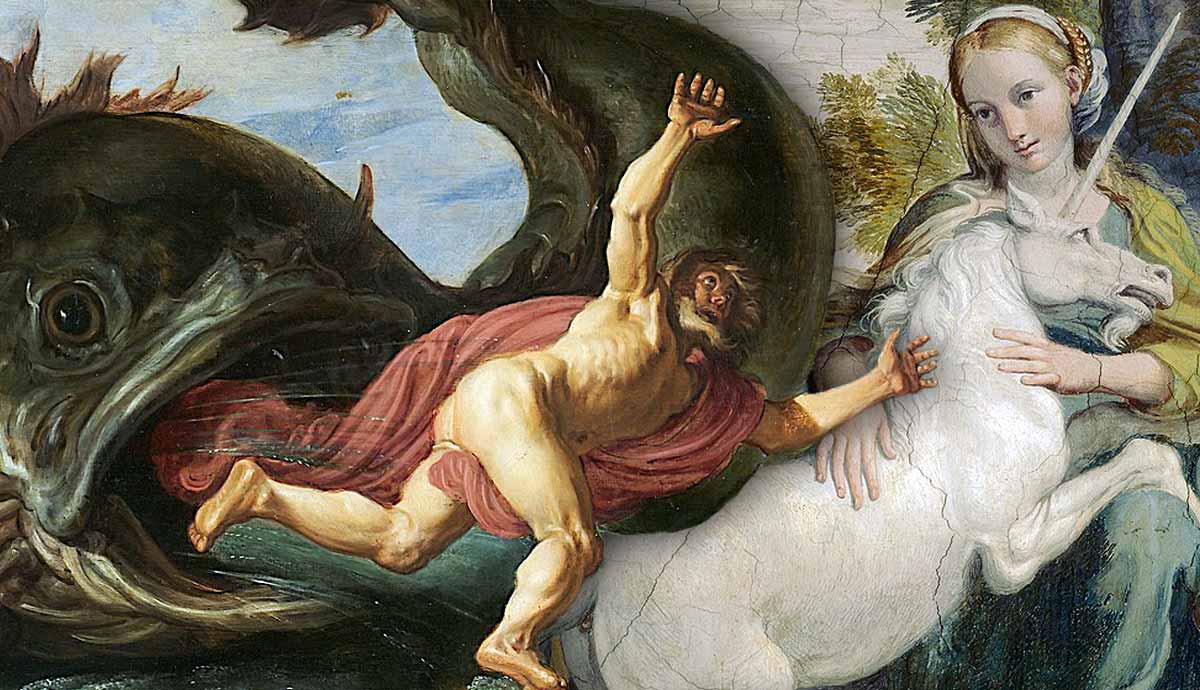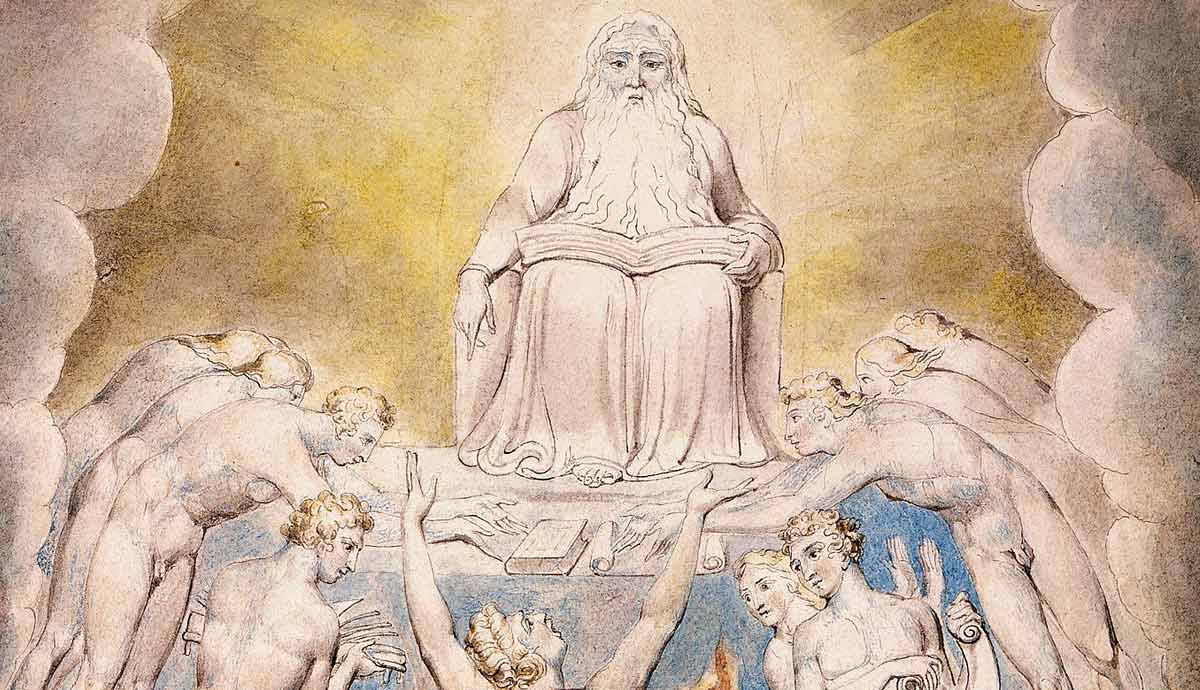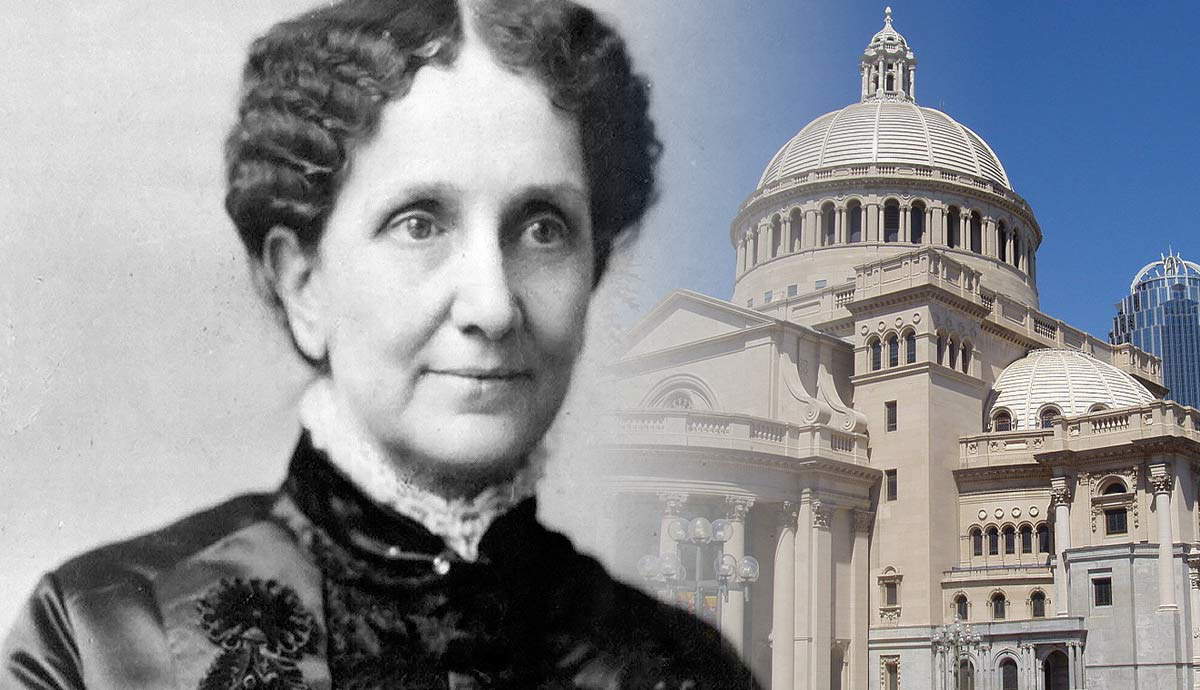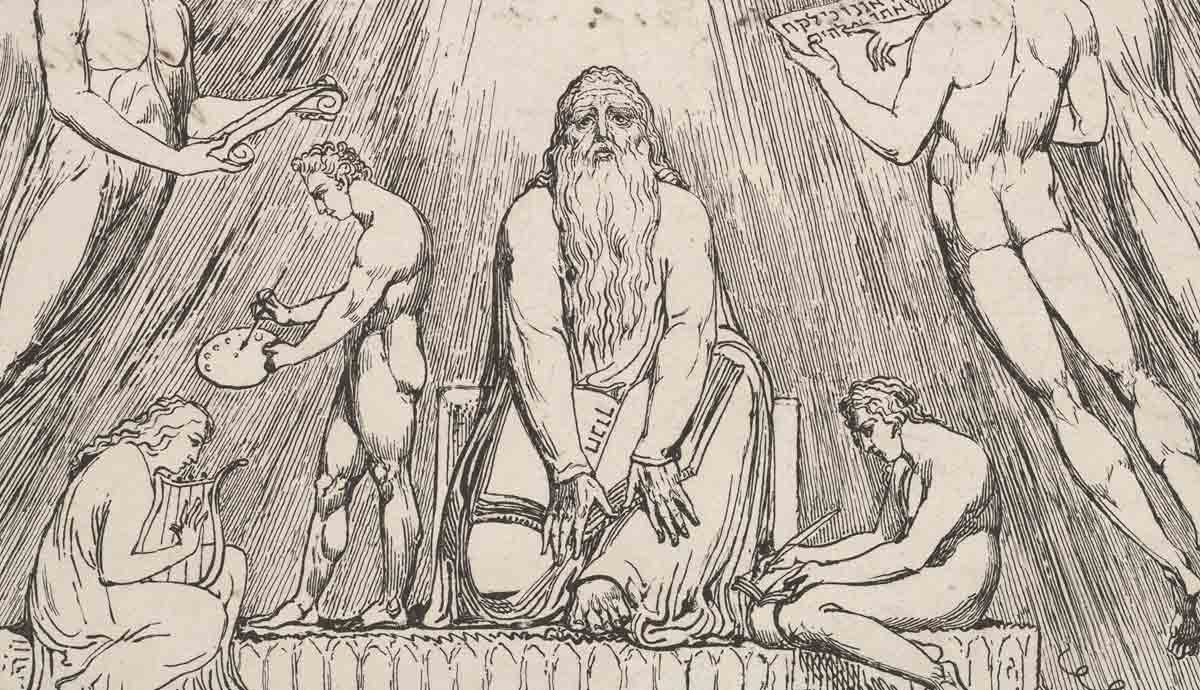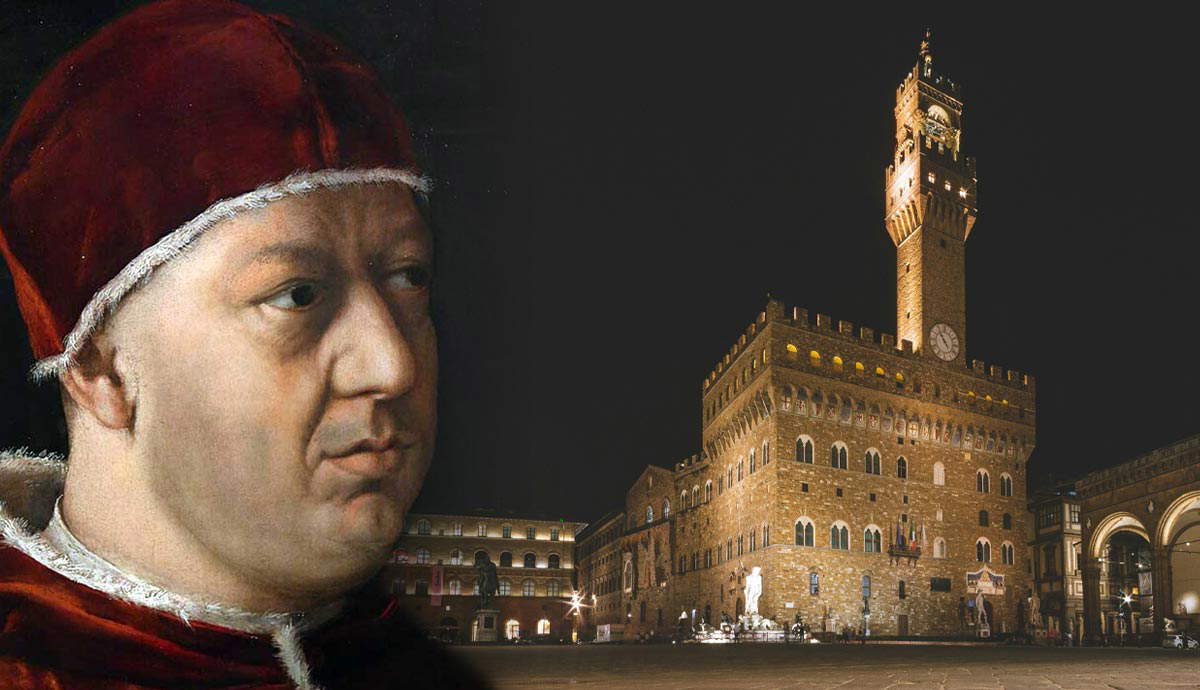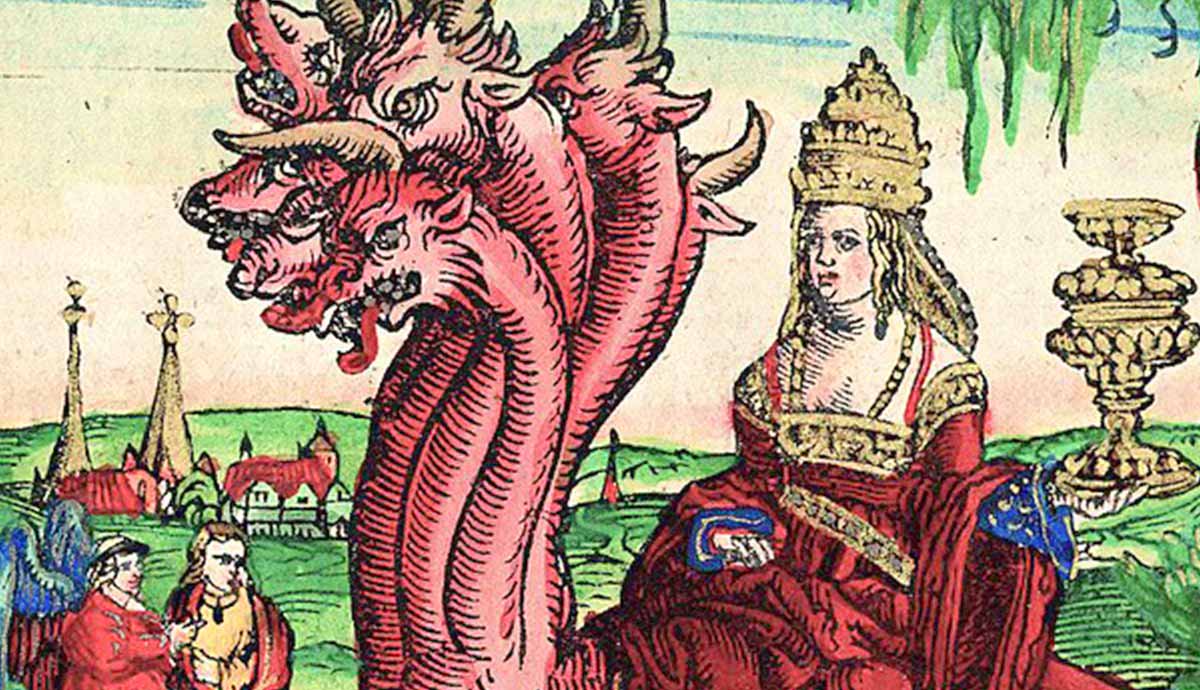
Of the many prostitutes mentioned in the Bible, few conform to stereotypes. Some are called “righteous” and held up as examples of “faith.” Others feature in stories with powerful men. Some are men themselves. Often, their role is symbolic of a period of past decline or an apocalyptic future, like the whore of Babylon. Jesus gave prostitutes a place in his kingdom before the religious elite. There are also several famous women in biblical stories who have been identified as prostitutes by tradition without textual evidence.
The Law of First Mention

The first time a topic is mentioned in a text tends to lend it significance. The first mention of prostitution in the Bible is in the story of the rape of Dinah, daughter of Leah and Jacob. When she was assaulted, two of her brothers hatched a plan of revenge that led to the slaughter not only of her attackers but also of the men in the city where the rapist ruled as a local prince. When their father challenged their behavior, they replied:
“Should he have treated our sister like a prostitute?”
Genesis 34:31
The Hebrew word used here is a general one that refers to any improper sexual activity, not just selling one’s body for sex, although it includes that. It can also refer to rape (as in this story), or sexual promiscuity of any kind outside the accepted boundaries. In fact, the word can and does refer to idolatry as much as adultery, in the figurative sense of having improper intercourse with foreign nations and their deities. The prophet Ezekiel is particularly fond of using the word in this sense (see Chapters 16 and 23).

The first time we encounter a woman acting like a prostitute involves another son of Jacob. Judah had a daughter-in-law called Tamar whose husband died. It was Judah’s duty to ensure that one of his sons produced a pregnancy in Tamar to continue his line but Judah neglected to realize this. Tamar then dressed like a prostitute, waited by the roadside, seduced Judah himself, and became pregnant with his child. When she was later accused of prostitution and about to receive punishment, she was able to prove that Judah was the father. Judah then admitted:
“She is more righteous than I am, because I didn’t arrange for her to marry my son Shelah.”
Genesis 38:26
The Prostitute of Faith

One of the most famous prostitutes in the Bible is Rahab the harlot, a Gentile woman who lived in the city of Jericho. She heroically hid two Israelites who were sent to spy in the city and even seems to confess faith in their God (Joshua 2:11). Later, when the city was destroyed, her house and family were spared (6:17, 22-23, 25). She eventually married into the nation of Israel and became one of the ancestors of Jesus Christ, according to the genealogies of Matthew (1:5).
It may be for this reason that Rahab is given such a place of honor throughout the New Testament. In the eleventh chapter of Hebrews—usually considered a roll call of “Heroes of the Faith”—Rahab is listed along with such esteemed individuals as Noah, Abraham and Sarah, Jacob, Joseph, and Moses (v 31). Later on, James holds her up as an exemplar of good works and a living faith (2:25). Yet in all these passages she is always referred to as “Rahab the prostitute.”
Prostitutes and Powerful Men

Prostitutes are often mentioned in the Old Testament in connection with powerful men. For example, Jephthah was a judge. Judges were a cross between a magistrate and a military leader and they led Israel before the establishment of the monarchy. Deborah is another example from this era. Even though Jephthah was already established as a great warrior, we are told his mother was a prostitute and his half-brothers rejected him because of this (Judges 11:1-2).
Later on in the same era, Samson spent the night with a prostitute in Gaze before pulling off the city’s gates. This prostitute remained unnamed and should not be confused with Delilah, who was never called a prostitute, despite her usual depiction as a seductress (Judges 16). However, Delilah was paid by the lords of the Philistines to discover the secret of Samon’s great strength.
One of the most famous stories involving prostitutes in the Bible is an event known as the Judgment of Solomon. The King was asked to judge which of the two prostitutes was the mother of a living baby and which was the mother of a dead one (1 Kings 3:16-28). In this story, the prostitutes are treated with some dignity, since they are allowed access to public justice, and at least one is portrayed as compassionate and self-sacrificing. However, the Proverbs of Solomon paint prostitutes in exclusively negative terms as predatory, crafty, wasteful, and destructive (e.g. 6:26; 7:10; 23:27; 29:3).
Are There Any Male Prostitutes?

While Mosaic law condemns prostitutes, it seems to have a very specific form of prostitution in mind — shrine or temple prostitution. As with ancient Greece and Rome, so, in the East, prostitution played a role in some religious ceremonies.
“None of the daughters of Israel shall be a cult prostitute, nor shall any of the sons of Israel be a cult prostitute. You shall not bring the hire of a harlot or the wages of a dog into the house of the LORD your God for any votive offering, for both of these are an abomination to the LORD your God.”
Deuteronomy 23:17-18
It is noteworthy in this prohibition that males are mentioned as well as females. That strongly suggests males were already engaging in this sort of activity, both at the time when the law was enacted and at the places to which it was applied. Israel itself is the target, not the nations around it, although those nations are presented as a negative influence and certainly engaged in it. It is also interesting that the language used to describe male prostitution of this sort is more derogatory than that employed for females. Women are whores; men are dogs.

The sins of these male cult prostitutes are made more explicit later on during the early years of the Judaic monarchy, under King Rehoboam son of Solomon, whose mother was an Ammonite.
“Judah did evil in the eyes of the Lord. By the sins they committed they stirred up his jealous anger more than those who were before them had done. They also set up for themselves high places, sacred stones and Asherah poles on every high hill and under every spreading tree. There were even male shrine prostitutes in the land; the people engaged in all the detestable practices of the nations the Lord had driven out before the Israelites.”
I Kings 14:22-24 (see also 15:12; 22:46)
Here the religious nature of this male prostitution is made very clear. It is not merely sex for money or a specific sexual practice that is condemned. In fact, it is possible to trace this connection between sexual decadence and religious decline throughout the history of Israel. For example, the polygamy of Solomon is directly related in the text to his fall into polytheism (I Kings 11:1-8). Sex in the Bible is rarely “just sex.”
Prostitution as Symbol and Sermon

It should be clear by now that for the ancient Hebrews, prostitution was a wider and deeper concept than that of a woman selling her body. Sex itself was not viewed solely as a pleasurable act, but one laden with connotations of intimacy, union, oath, loyalty, legacy, and life. These applied directly to the horizontal relationship between two people in marriage. But they also applied figuratively to the vertical relationship between God and his people. This is how the prophets can label religious unfaithfulness by Israel as “acting like a whore” (e.g. Jeremiah 3:2-3, 6-8).
There is one interesting occasion in which a prophet isn’t just called on to preach against spiritual prostitution in a sermon but to act it out in his life. Hosea is the first of the Twelve Minor Prophets in the Hebrew canon. He ministered to his native northern Kingdom of Israel rather than southern Judah. God commanded him to marry a prostitute called Gomer. She then had two children, possibly by another man, and ran away. God told Hosea to buy her back and “redeem” her from slavery to illustrate his own forgiveness and love for his spiritually promiscuous people.
Prostitutes in the Kingdom of Heaven

One of the many parables that Jesus taught is now known as the Parable of the Two Sons. The context is an argument with the chief priests and elders about the authority and nature of the Kingdom of Heaven. Jesus asks them to imagine this scenario. A man has two sons. He tells the first to go and work in his vineyard. That son refuses but later goes. He gives another son the same command. That son verbally complies but then doesn’t go. Which of the two sons did his father’s will? Jesus’ opponents correctly answer the first. Then Jesus applies it to them.
“Truly I tell you, the tax collectors and the prostitutes are entering the kingdom of God ahead of you. For John came to you to show you the way of righteousness, and you did not believe him, but the tax collectors and the prostitutes did.”
Matthew 21:31-32
In this saying, Jesus acknowledged prostitutes, along with thieving and treacherous tax collectors, as occupying the lowest level in that society from a moral viewpoint. But, in the same story, he shifts their status to one above the religious leaders of the day, since those leaders refused to believe Jesus or his cousin and herald, John the Baptist.

There are a number of women who Jesus encountered in the course of his ministry that Christian commentators and tradition have sometimes counted as prostitutes. However, the textual evidence for this is slim at best. Examples of such people include:
- The Samaritan woman at the well (John 4): She was a woman who had been married five times and was currently living with a man who was not her husband. This made her disreputable—hence her collecting water at midday—but not necessarily a prostitute or even promiscuous.
- The woman who washed Jesus’ feet (Luke 7:37, 39): She was called a “sinner” but we are not told the exact nature of her sin. Whatever it was, Jesus forgives her (v 48).
- Mary Magdalene: Apparently, the mistaken belief that she was a prostitute was due to an error by Pope Gregory I that was contained in an Easter sermon he preached in 591. This mistake was not rectified until Pope Paul VI in 1969.
- The woman taken in adultery (John 7:53-8:11): She is never called a prostitute in the passage. However, after refusing to condemn her, Jesus told her to “go and sin no more.”
This seems to constitute part of a wider trend of hastily identifying women as prostitutes with little evidence. Another example from the Old Testament is Jezebel, whose name has come to apply to any woman who is deemed sexually shameless. Although it does condemn her as evil for other reasons, the closest the Bible comes to confirming such a sexual reputation is by her heavy use of makeup (2 Kings 9:30)! However, the New Testament does use her name to stand for a prominent woman in the church of Thyatira who promoted sexual immorality (Revelation 2:20-22).
The Mother of All Prostitutes: The Whore of Babylon

The final book of the Bible is Revelation or The Apocalypse of John. It is not an easy book to interpret, as it is filled with fantastic and often frightening imagery. One such image is of a woman:
“… sitting on a scarlet beast that was covered with blasphemous names and had seven heads and ten horns. The woman was dressed in purple and scarlet, and was glittering with gold, precious stones and pearls. She held a golden cup in her hand, filled with abominable things and the filth of her adulteries. The name written on her forehead was a mystery: BABYLON THE GREAT, THE MOTHER OF PROSTITUTES AND OF THE ABOMINATIONS OF THE EARTH.”
Revelation 17:3-5
Later, we are told that those who commit adultery with this prostitute are “the kings of the earth” (18:9). She “corrupted the earth by her adulteries” (19:2). She is treated like a queen who sits in luxury. But she will ultimately fall by her own plagues and by the judgments of God into everlasting fire.

Who does this woman represent? There have been many suggestions over the centuries. These include:
- The city of Rome and the Roman Empire: This identification is due to the fact that the woman ruled over other kingdoms and sits in a city with seven hills that is the commercial center of the world. She also persecutes the saints. The argument is that John used cryptic images to avoid further persecution.
- The Roman Catholic Church and the “Antichrist” Papacy: This is a view from the Reformation, including that of the Lutheran and Presbyterian churches. The “Whore of Babylon” was even drawn with a papal tiara in illustrations of the Bible. They took the identification with Rome as spiritual and ecclesiastical, rather than merely political and economic.
- Jerusalem: Many modern scholars, reading Revelation in the context of Old Testament images about prostitution and spiritual adultery, identify the Great Whore with the former bride of God who fell into apostasy and corruption. This refers to the Jerusalem that killed the prophets and ultimately Christ himself (Luke 13:33-34). The fall of Babylon is interpreted as the destruction of Jerusalem in 70 CE.
“See how the faithful city has become a prostitute! She once was full of justice; righteousness used to dwell in her — but now murderers!”
Isaiah 1:21


